A huge test for the fuel of the future.
Category: energy – Page 325
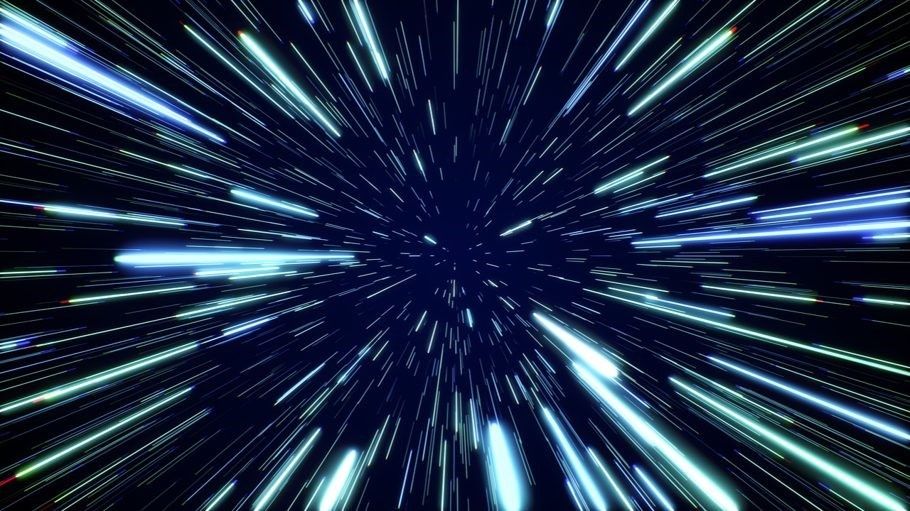
NASA’s Helical Engine Design that Uses Closed-Cycle Propellant; A Proposed Stardrive that May Enable Interstellar Travel
Twentieth Century technology has relied on the use of fuels and chemical propellants to propel our ships, planes, and cars. The propulsion technology of the future will not use chemical combustion to produce thrust, and the 21st century will see the emergence of propellant-less propulsion systems. Such technologies will provide the means to travel faster than ever before at a fraction of current costs and with no pollution by-products.
This becomes absolutely crucial for interplanetary and interstellar travel, as we have stated before in RSF commentary1 reporting on Resonance-based technology may provide inertial mass reduction—the future of space travel will not be performed with chemical propellants. As an example, to date the most viable proposal for an interstellar mission with current technological capabilities is the Breakthrough Starshot project which will use a fleet of light sail probes propelled to 20% percent the speed of light via laser pulses.
Considering the significant limitations of combustion-based propulsion (as well as the harmful environmental impacts), there is a strong drive to develop the next-generation propulsion systems that will move us into the next phase of technological advancement. Torus Tech, a research and development company founded by Nassim Haramein, the founder of the Resonance Science Foundation, is researching quantum vacuum engineering technologies that will enable gravitational control and zero-point energy production.

Physics experiment with ultrafast laser pulses produces a previously unseen phase of matter
Adding energy to any material, such as by heating it, almost always makes its structure less orderly. Ice, for example, with its crystalline structure, melts to become liquid water, with no order at all.
But in new experiments by physicists at MIT and elsewhere, the opposite happens: When a pattern called a charge density wave in a certain material is hit with a fast laser pulse, a whole new charge density wave is created—a highly ordered state, instead of the expected disorder. The surprising finding could help to reveal unseen properties in materials of all kinds.
The discovery is being reported today in the journal Nature Physics, in a paper by MIT professors Nuh Gedik and Pablo Jarillo-Herrero, postdoc Anshul Kogar, graduate student Alfred Zong, and 17 others at MIT, Harvard University, SLAC National Accelerator Laboratory, Stanford University, and Argonne National Laboratory.
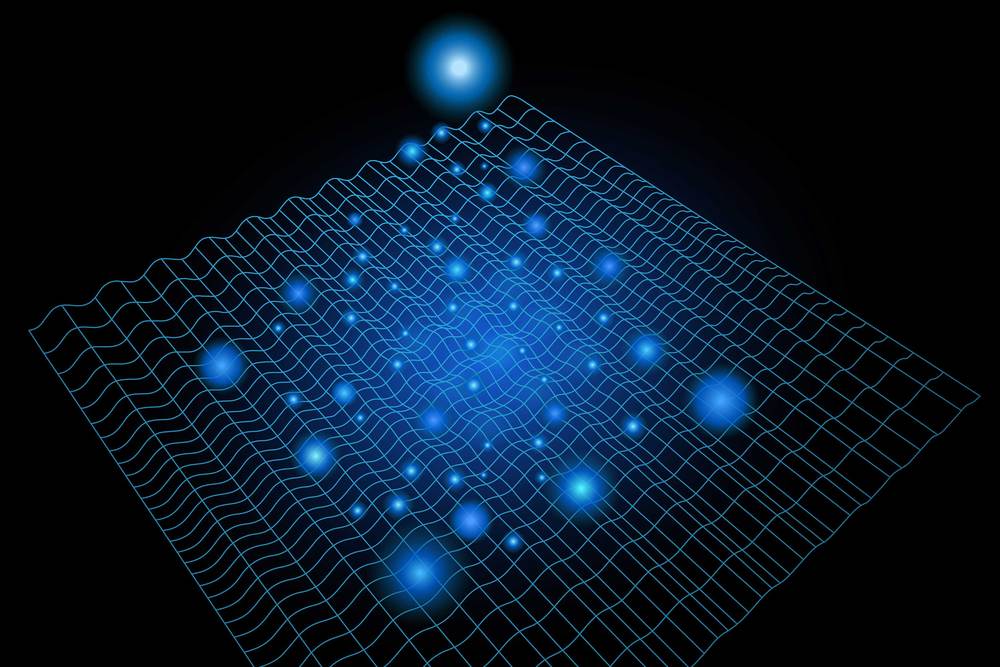
Previously Unseen Phase of Matter Produced by Ultrafast Laser Pulses
Adding energy to any material, such as by heating it, almost always makes its structure less orderly. Ice, for example, with its crystalline structure, melts to become liquid water, with no order at all.
But in new experiments by physicists at MIT and elsewhere, the opposite happens: When a pattern called a charge density wave in a certain material is hit with a fast laser pulse, a whole new charge density wave is created — a highly ordered state, instead of the expected disorder. The surprising finding could help to reveal unseen properties in materials of all kinds.
The discovery is being reported today (November 11, 2019) in the journal Nature Physics, in a paper by MIT professors Nuh Gedik and Pablo Jarillo-Herrero, postdoc Anshul Kogar, graduate student Alfred Zong, and 17 others at MIT, Harvard University, SLAC National Accelerator Laboratory, Stanford University, and Argonne National Laboratory.

Lamborghini & MIT Announce new Patent for Supercapacitors
face_with_colon_three
Batteries are nice to have in hybrid cars. They offer consistent voltage and energy storage to assist the gasoline engines. But electricity can be stored in other ways. A capacitor also stores electrons, but it releases them all at once. Power of this magnitude has never been harnessed by a car, so that’s why Lamborghini and MIT have announced a new patent for supercapacitors.
The Holy Grail of Clean Energy
For a long time it’s been said “fusion is the energy of the future. And always will be”. But now, with an influx of private investment, fusion startups are in the race for the holy grail of energy — limitless, clean power. A company based in Oxford, U.K. believes they’re close.
#BloombergGiantLeap #Science #Technology
——-
Like this video? Subscribe to Bloomberg on YouTube: https://www.youtube.com/Bloomberg?sub_confirmation=1
Bloomberg is the First Word in business news, delivering breaking news & analysis, up-to-the-minute market data, features, profiles and more: http://www.bloomberg.com
Connect with us on…
Twitter: https://twitter.com/business
Facebook: /redirect?redir_token=sMVnUVHkuLGdg_BtCeREE1L095R8MTU3MzM3MDUzM0AxNTczMjg0MTMz&q=https%3A%2F%2Fwww.facebook.com%2Fbloombergbusiness&event=video_description&v=l50ZUdGeRlI
Instagram: /redirect?redir_token=sMVnUVHkuLGdg_BtCeREE1L095R8MTU3MzM3MDUzM0AxNTczMjg0MTMz&q=https%3A%2F%2Fwww.instagram.com%2Fbloombergbusiness%2F&event=video_description&v=l50ZUdGeRlI
Twitter: https://twitter.com/business
Facebook: https://www.facebook.com/bloombergbusiness
Instagram: https://www.instagram.com/bloombergbusiness/
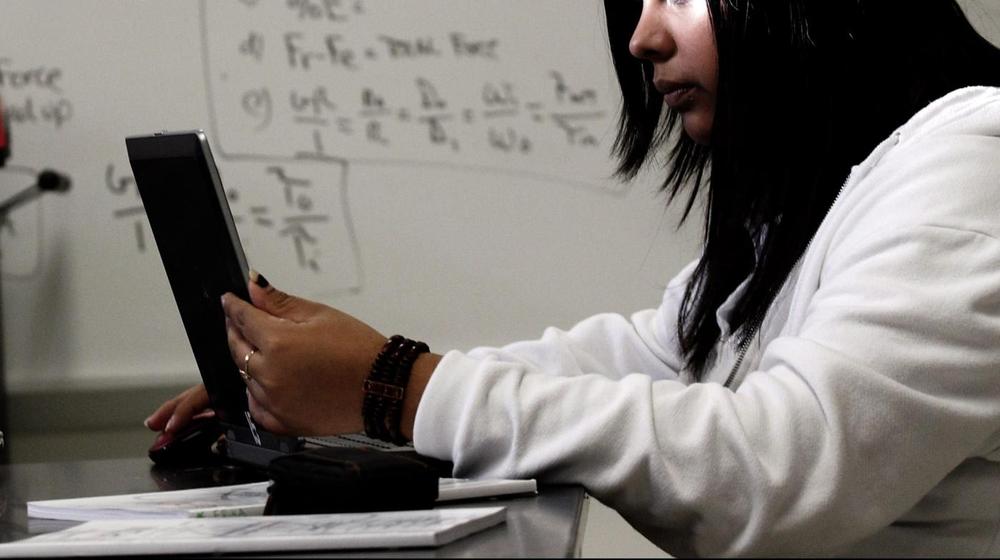
Engineers aren’t trained to be ethical—and that needs to change
This summer, the FaceApp debate exploded on social media, as people questioned the motives of the Russian engineers behind the technology that scanned millions of people’s faces, with no indication of what happened to the data given to the app.
Privacy is presumably top of mind for the general public, but people’s urge to literally see the face of their own future selves seemed to outweigh that threat.
FaceApp may serve no benefit beyond entertainment. But today, every company effectively becomes a tech company by leveraging advanced data analytics to fuel their business.
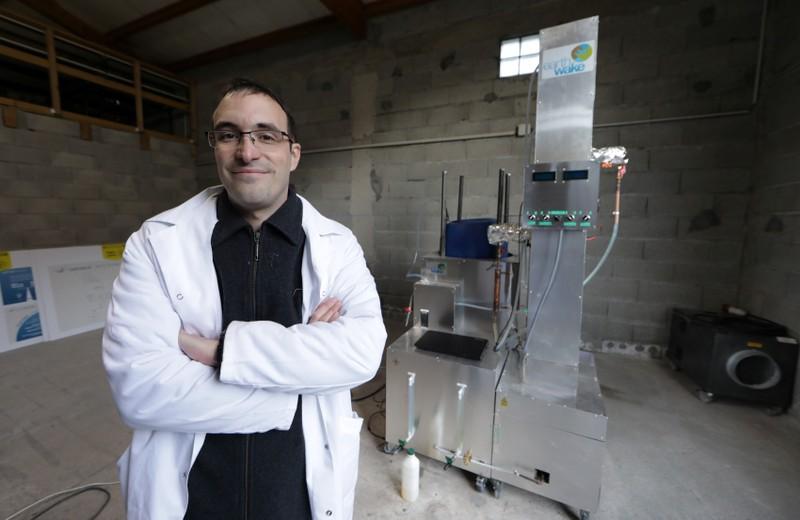
What’s Next: Vehicles driven by electromagnetic propulsion technology
When we think about eco-friendly vehicles, most of the time we think about electric and hybrid vehicles. At other times, we might even go as far as coming up with vehicles that operate on bio, solar or wind energy. However, this is not all. There are innovations that are breaking all the barriers of thought and technology. One such innovation is electromagnetic propulsion technology. We are seeing many vehicle designs that are utilizing it. Therefore, it would be no wonder if it becomes mainstream in our distant future.
Vehicles driven by electromagnetic propulsion technology
Electromagnetic induction is the next exciting idea of obtaining a clean, green and powerful propulsion for our vehicles. Since magnetic fields easily penetrate solids, liquids and gases alike, we can use this system to design vehicles that move on roads, over rails, in water and underground too. The propulsion system depends on the polarity of the strong and weak magnets. These vehicles would contain these magnets. Like poles will repel and act as an accelerating mechanism. Opposite poles will attract to act as a braking system. In addition, Multi-directional propulsion would be possible with the incorporation of more magnets along various sides.
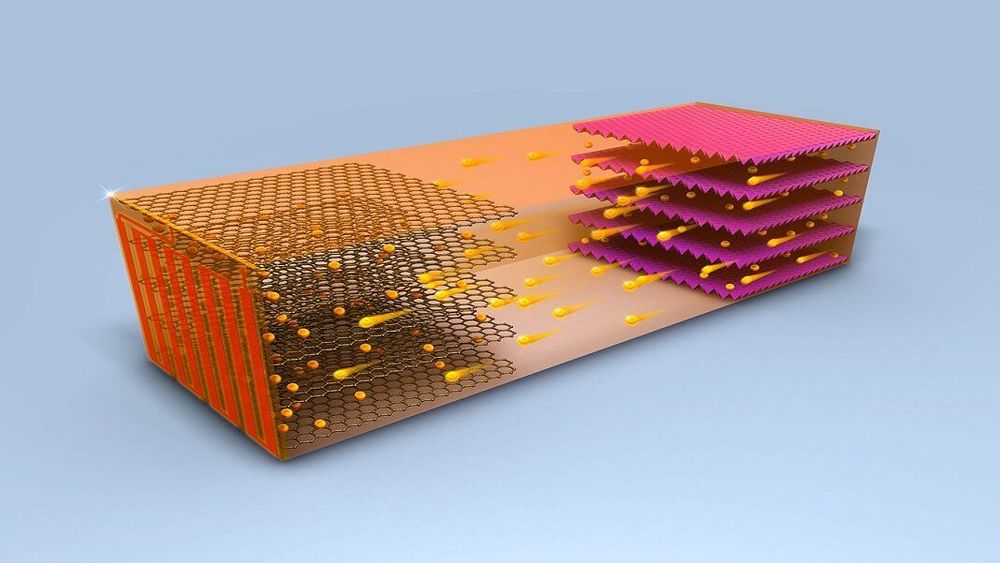
New Battery Lets Electric Cars Go 200 Miles on a 10-Minute Charge
While some high – end electric vehicles ( like the most expensive Teslas ) are starting to approach those kinds of ranges, it still takes around 50 minutes for a full charge using the most powerful superchargers available. That’s a long time to hang around if you’re doing a cross-country trip that requires multiple pit stops.
The result is range anxiety, where people worry about running out of juice and facing delays due to the long time it takes to recharge their car s. There are two ways to tackle the problem: building higher-capacity batteries or charging existing ones faster.
Bigger batteries are a tricky problem, because vehicles face a balancing act between weight an d capacity. After a certain point the extra weight of batteries cancels out the boost in power they provide. There’s plenty of work into batteries with better energy density—how much charge they can hold for a specific weight—but there aren’t any major breakthroughs on the horizon.